Introduction

These are the new TVS EuroGrip Protorq Extreme tyres. The company says that these are high performance motorcycle radial tyres, and these have been designed with outright cornering grip in mind. Now, I know many of you would scoff at that, and it’s fair; after all, when was the last time one heard EuroGrip cornering grip mentioned in the same sentence.
But, I have tried these tyres when they were still in the prototype stage. And I tried them on a racetrack, during a race, on the TVS RR310 Race Cup bike. Now, one of the reasons I didn’t end up face-first on the tarmac in that race were these tyres. And not just me, the proper racers in that race, ones with at least one Indian Motorcycle Championship under their belt, thought these tyres were excellent as well.
So when the production tyres were launched recently, we had to try them. However, in the setting, pace, and need of our choice. But, we will get to that in later reports. For now, let’s just tell you more about these new tyres.
The Protorq story

The Protorq series of radial tyres have been designed specifically with the Indian road conditions in mind. And their highlight includes a deep groove tread pattern that runs right to the shoulder of the tyre for both longer life and better water drainage ability. But, its standout feature, says TVS, is the zero degree belt it uses for its radial construction.

The Protorq range of tyres is offered in two families – the Sport and the Extreme. The Sport is meant for bikes like the TVS Apache 200V, the Yamaha FZ25 and the Bajaj Pulsar RS. These tyres are lighter than cross ply tyres, and the cost jump isn’t as telling. We have a set of Sport on test as well, which we will run on the Apache 200V. But, as first impressions go, the tyres are lighter, the edge grip is higher, and having softer sidewalls mean, the ride too has improved as a result. So what do radial and zero degree belt really mean?
The Extreme introduction

Unlike cross ply or bias tyres, which run crisscrossing plies to form the carcass of the tyre, a radial tyre runs its plies from bead to bead of the tyre laid parallel to the axis of the tyre. There’s an additional layer of plies under the tread, also called the crown, which is parallel to the rotational direction of the tyre. Now, thanks to this construction, a radial tyre isn’t just lighter than a bias ply, it runs cooler and it has softer and more flexible sidewalls as well. Now, the crown plies can either be nylon or aramid fibres, or even steel wires in more expensive tyres. The zero degree term, meanwhile, comes from the fact the plies for the crown are laid parallel to the direction of the tyre’s rotation. The Protorq Extreme uses steel wires. And according to TVS, this construction has certain advantages.

It says this technology helps give the tyres better traction, improved ride comfort, exceptional high-speed stability, and more consistent braking characteristics. Furthermore, it helps deliver a wider and constant contact patch. TVS also claims higher tyre life. The Extreme is meant for bikes like the KTM 390 and the Yamaha R3 and the TVS Apache RR310. These are more affordable options to the likes of the Metzeler. What’s more, TVS claims, the Protorq Extreme are supersport tyres and not sport touring ones. And are therefore designed for cornering grip over all else.
The Extreme edge

The Protorq Extreme can be had either as an HF or an HR. HF here denotes front-end fitment while the HR is meant for the rear rims. In terms of tyre sizes and specs, the Extreme is currently only offered in 110/70 ZR17 for the HF, and 150/60 ZR17 for HR. Both these tyres are W rated, and come with dual compound composition to help with grip and life. But, like we said before, grip takes precedence in this case.

Furthermore, the tread pattern on the Extreme is minimalistic. It is deep nonetheless, to increase life and help with better water channeling. Now TVS hasn’t confirmed this, but it’s possible the central part of the Extreme uses a slightly harder compound, again to help with life when commuting on these tyres.

But, the compound for the side of the tyre is certainly of the very soft variety. So cornering grip even with aggressive lean angles should be good. As far as weight goes, the tyres itself, at around 4kg for the front and 5kg for the rear, are anything but heavy.
What’s next?

Since TVS Eurogrip is positioning the Extremes as supersport tyres, we will mount them on the Apache RR310 and go spend sometime on the racetrack. After all, what better place to judge grip – be it under braking, when leaned over, or under acceleration – than on a racetrack.
Photography by Kaustubh Gandhi
Gallery
1/9
TVS Apache RR310 Exterior
Double Tap to Zoom










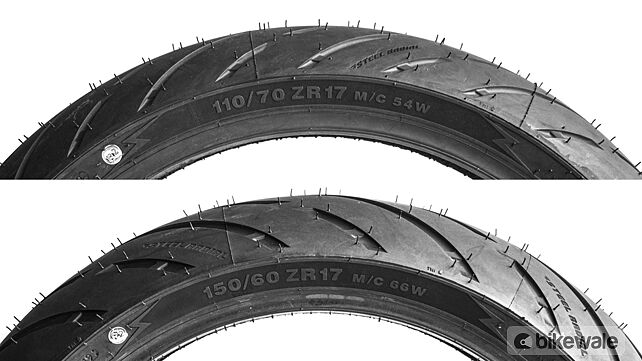







![TVS Apache RR 310 [2020-2023] Image TVS Apache RR 310 [2020-2023] Image](https://imgd.aeplcdn.com/272x153/n/cw/ec/102869/apache-rr-310-right-side-view-2.png?isig=0&q=80)
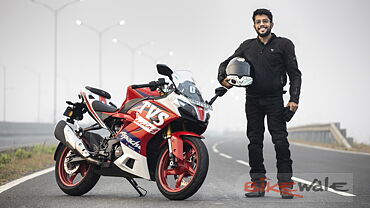

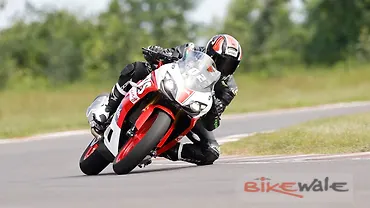
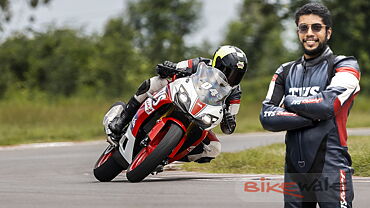
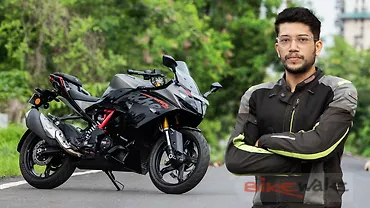



















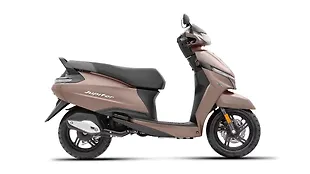
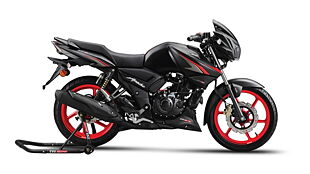





![KTM 390 Adventure X [2025] KTM 390 Adventure X [2025]](https://imgd.aeplcdn.com/272x153/n/cw/ec/190885/390-adventure-x-2025-right-side-view.jpeg?isig=0&q=80)